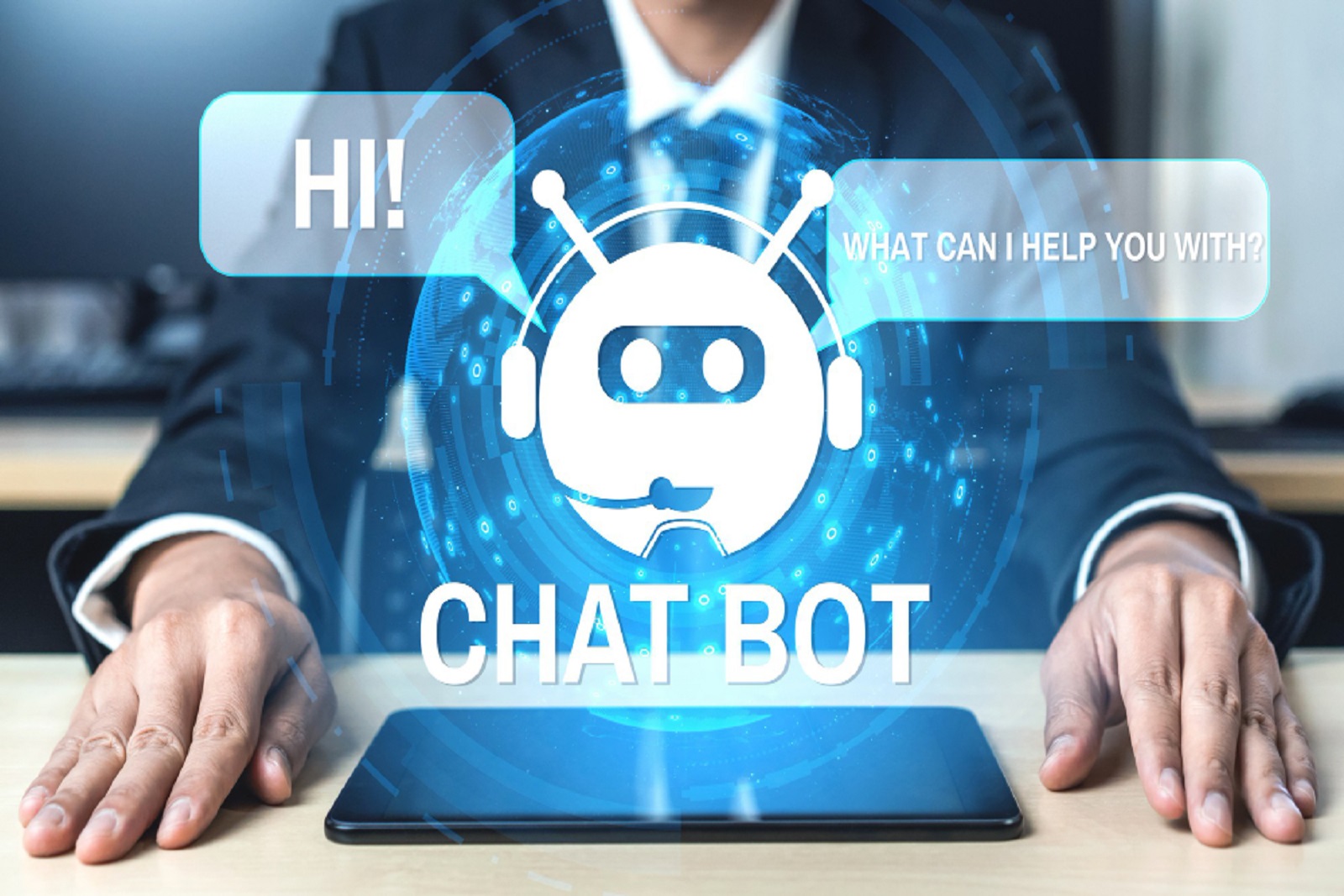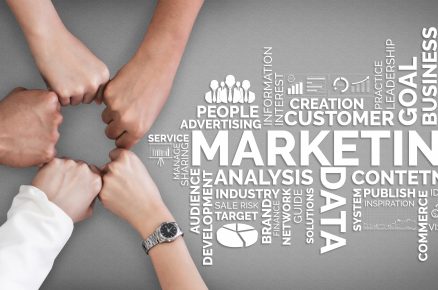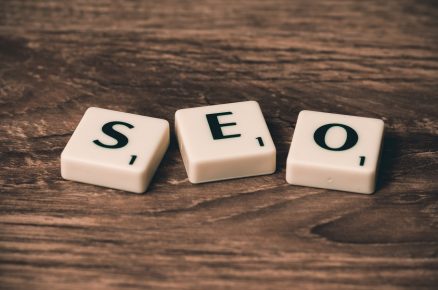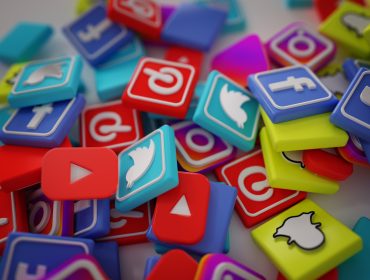As the world is fighting the novel coronavirus, the healthcare fraternity is under tremendous pressure. Doctors, nurses, pharmacists, and every other healthcare worker is working day-night to save lives. There was no better time to induce technology in the healthcare sector. One of the latest advancements in artificial intelligence is chatbots, and they are now becoming a vital part of healthcare services.
More than 40% of healthcare organizations believe that Chatbots will have a decisive effect on this sector ( by Accenture ) in the coming years. Hence, if you’re in the healthcare field, you must know everything about Chatbots in healthcare.
Scroll down to know more about Chatbots.
Chatbots in Healthcare
A chatbot is a ubiquitous AI system that several websites and organizations are using. But what is it doing in healthcare? They are here to help the patient. The AI allows chatbots to guide the patients and help them understand their symptoms.
Chatbots are credible and a better option than online search. People who have some mild symptoms can take advice from the chatbot. If there is a need, the chatbot will also guide you to expert assistance.
The AI bots have sufficient data to answer any relevant query. Based on a patient’s conditions, chatbots offer guidance that can save billions of lives.
How do Chatbots Work?
A pattern-matching bot can give a result based on the keywords. The structure of these bots is AIML (Artificial Intelligence Markup Language), and it can only answer a few answers. But in the healthcare sector, bots use NLP ( Natural Processing Language) that enables the intelligent voice search option.
Siri and Cortana also use this technology for voice search. Chatbots can serve via a web page or an application. In the future, chatbots can easily use machine learning and provide exquisite results.
Benefits of a Chatbot
Below are some of the most significant advantages of a chatbot:
Access from Anywhere
You can access a chatbot from anywhere in the world. All you need is an internet connection and a smartphone. You can get an expert’s view from the comfort of your home.
Data
The chatbot makes it easier for any organization to save or deploy data. Store it and use it whenever there is a requirement.
Save Money and Better Results
A reduction of nearly 50% in the cost of treatment and the preciseness can improve by 30% to 40% in the coming years.
Revenue
Between 2020 and 2026, the healthcare bot market can generate 27.17% more revenue.
Endless Interactions
A human might not be able to interact with several patients, but the technology is much ahead. A chatbot can guide more than 1000 people at once.
Reminders
A chatbot sends time-to-time remainders to the patient as canceling an appointment can result in a monetary loss.
Quick Service
The significant advantage of a healthcare bot is that it is capable of saving plenty of time. A bot can respond in less than 57 seconds, plus the results or data are credible enough.
Brand Awareness
For any organization, brand awareness is crucial. As the bot can serve multiple patients at once, there’ll be rapid growth in brand recognition.
Where Can Healthcare Bots Be Used?
A bot can never replace a doctor, but it can help people in several other ways like:
-
Medical Information
Providing relevant medical information is one of the most useful applications of chatbots. It can establish an open conversation between a patient and an expert. People can get answers to medical-related questions and queries.
-
Medical Professional
A bot can’t fix everything, but in the case of medical assistance, it can get help from professionals. They can tell you when you need medical attention.
-
Book Appointments
Getting an appointment is one of the most hectic tasks. The chatbot can make this process smooth and hassle-free. You can get an appointment whenever you want, and you don’t have to wait for hours.
Integrating AI bots with appointment systems can make it easy to schedule meetings and personal visits.
-
Patient’s Feedback
A patient’s feedback is always vital to enhance the brand value. But getting positive feedback can be chaotic. The bot is here for the rescue as it can quickly get feedback from the patient. It can improve your services and overall patient satisfaction.
Conclusion
Above was the insight about Chatbots in healthcare. The cost to make a Chabot is around $40,000 to $70,000, and it will take approximately 2 to 4 months to deploy the bot. Although there are also certain risks of a bot like wrong data delivery, privacy, and security, it’ll advance in the coming time.
But at present, it’s impactful, and several start-ups are investing in this technology. A chatbot can help you generate whooping revenue and brand awareness. So, don’t wait and make a Chabot for your healthcare services.











